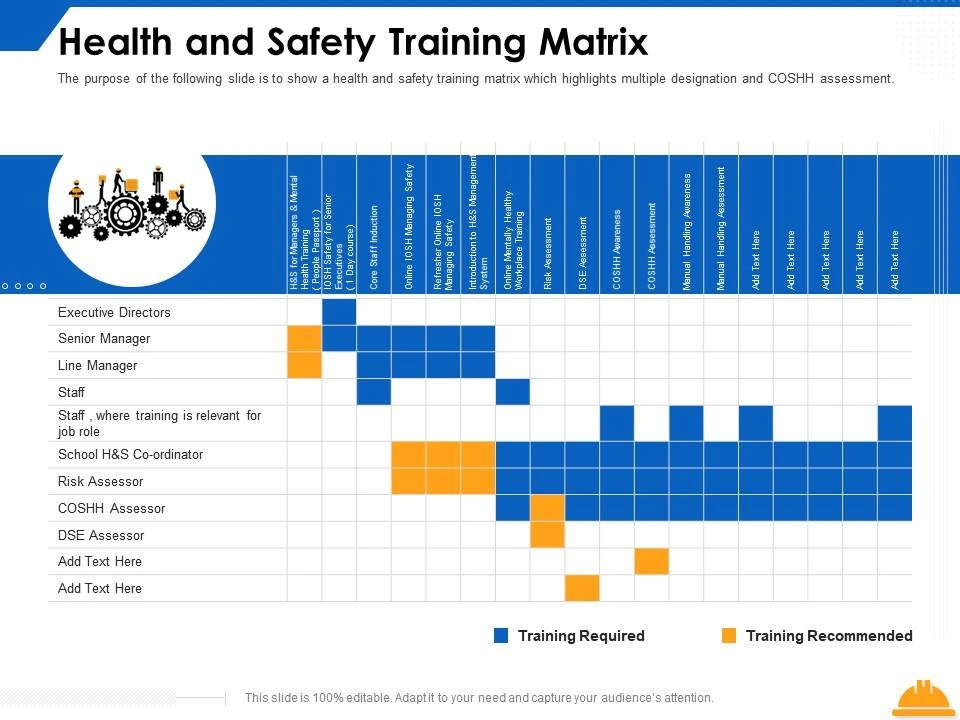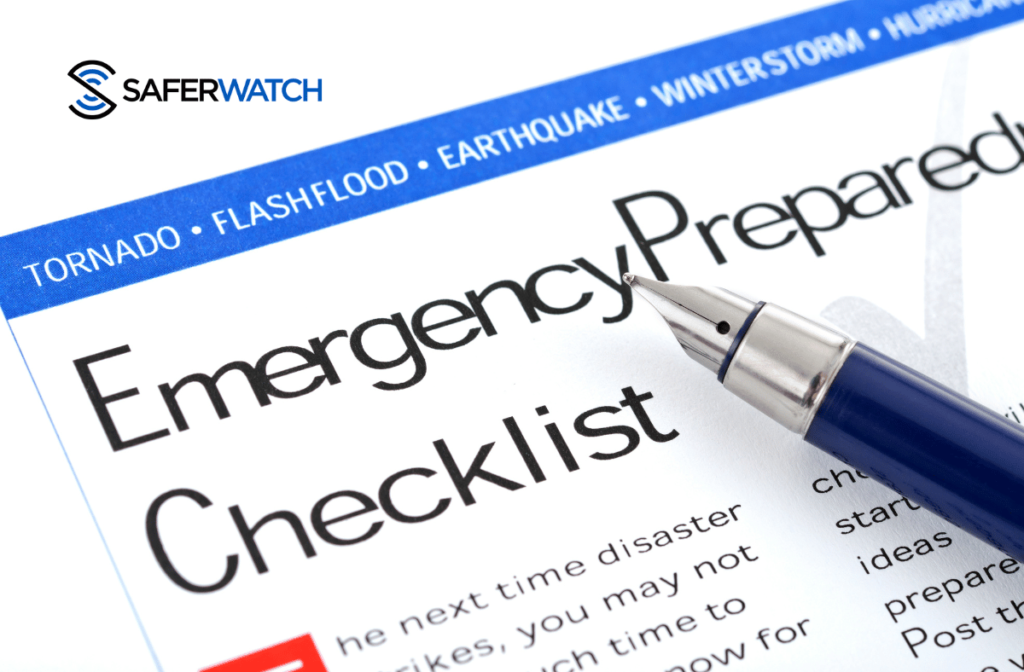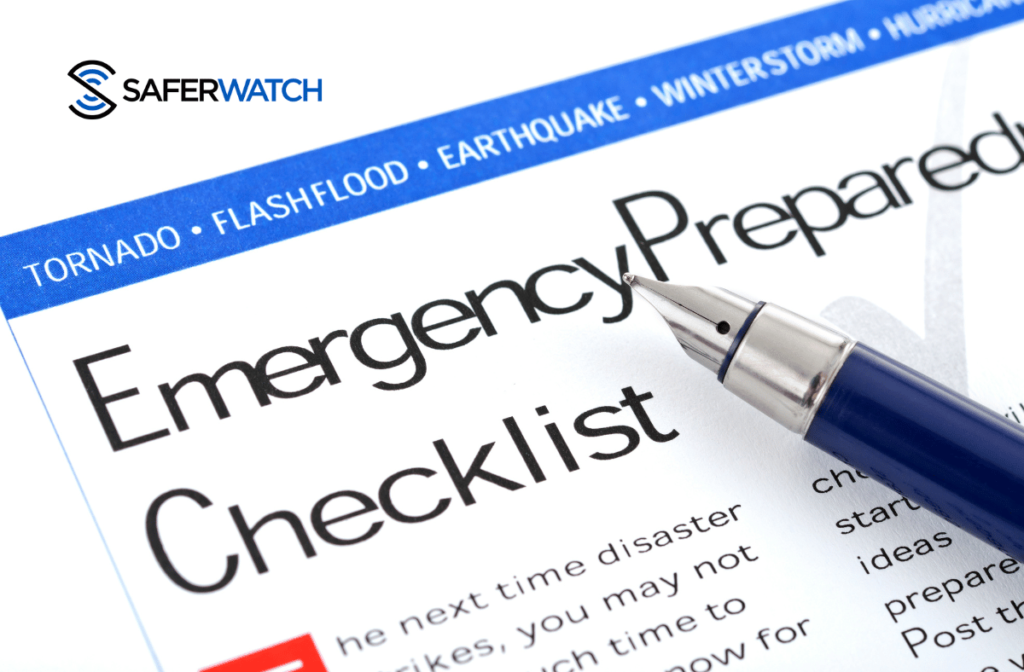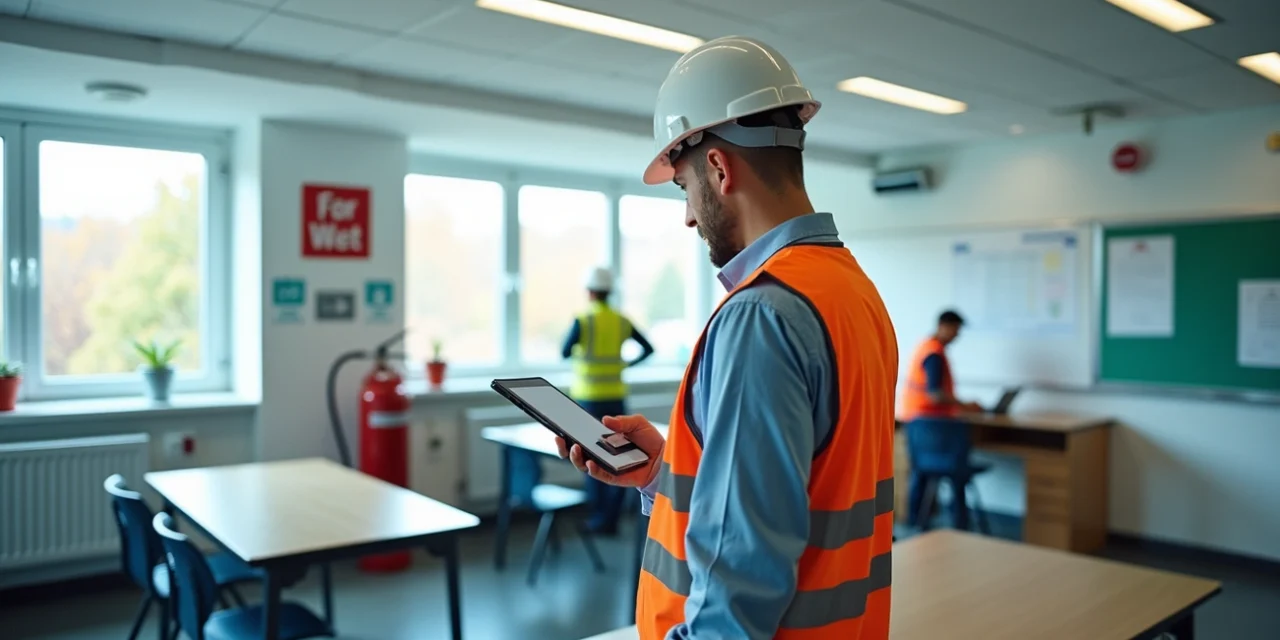Is your school ready to meet all health and safety executive requirements for 2025?
The main goal of delivering quality education to children depends on a safe and secure learning space. Many schools don’t deal very well with crucial safety measures that could endanger students and staff.
The Health and Safety Executive protects people and places. It identifies potential risks for everyone who uses or works in classrooms. School administrators and safety officers need to understand that health and safety goes beyond simple compliance. They must create spaces where teachers and students feel protected and address safety issues quickly. Good health and safety executive practices in schools let districts control building access and set up policies that stop threats.
This piece gets into the updated 2025 compliance standards and emphasizes safety requirements that schools often miss. You’ll find applicable steps to help your institution meet all the work to be done. Taking care of these crucial elements now will create safer learning spaces and help you avoid penalties or disruptions to your academic programs.
New 2025 Compliance Standards from the Health and Safety Executive

The Health and Safety Executive (HSE) acts as the national watchdog and regulator to oversee work-related health, safety, and illness. They want to bring back a simpler approach to health and safety regulation. Schools must adapt to several critical updates in compliance standards by 2025.
The 2025 triennial asbestos re-inspection mandate stands out as one of the most urgent requirements. Your school needs certified asbestos inspectors to complete these re-inspections by July 8, 2025. The results must be documented in your existing Asbestos Management Plan.
Fire protection systems need regular updates and inspections. Schools must have professional inspections of fire alarms and smoke detection systems every year. Fire extinguishers need monthly checks, especially when you have devices that students might tamper with or damage.
The HSE’s classroom safety standards require practical safety measures through a detailed classroom checklist. Teachers can use this tool to spot health and safety issues quickly without drowning in paperwork. Emergency egress drills should teach students about safety features and available facilities rather than just focusing on speed.
The 2025 standards place much responsibility on school leadership. Head teachers remain accountable for health and safety management, whatever tasks they delegate. The school needs a “Responsible Person” – someone specifically named to handle premises maintenance and repairs.
These improved requirements make it essential to have a “Competent Person” with the right training, experience, and knowledge to meet health and safety regulations.
Critical Oversights in School Health and Safety Implementation

Many schools still ignore basic safety requirements, even with long-standing guidelines in place. More than 200,000 children need emergency room treatment each year in U.S. hospitals for playground equipment injuries. Falls cause all but one of these injuries, mostly because schools don’t use proper surfacing materials.
Health and Safety Executive Schools Ventilation:
Poor ventilation remains a blind spot that puts student safety at risk. Schools continue to use old HVAC systems that create serious health concerns. Classrooms should cycle fresh air 4-6 times every hour, but most educational facilities don’t meet these numbers. So students become more vulnerable to viruses and air pollutants.
The lack of first aid readiness creates dangerous situations. Only 50% of school districts in California have a school nurse on their staff. This shortage leads to slower responses during medical emergencies. Schools often neglect to check their first aid supplies or properly document injuries.
Emergency response plans need better execution across the board. One in four U.S. teachers said their schools went through a gun-related lockdown in the 2022-23 academic year. In spite of that, schools don’t provide enough staff training for emergency situations.
Poor facility maintenance leads to injuries that shouldn’t happen. The law requires schools to keep environments safe through regular checks, but problems like wet floors, broken walkways, and dark areas remain common.
Funding and Accountability for School Safety in 2025

Money for complete safety measures remains a major hurdle for schools. The funding landscape has changed significantly across the country, which creates both challenges and opportunities for 2025 compliance.
Schools find their best financial options through federal and state grants for critical safety upgrades. Texas’s School Safety Standards Formula Grant offers USD 400.00 million to help districts improve security. Other states have created similar programs that allocate USD 20.00 per student and USD 33,540.00 per campus.
Strong accountability ensures these measures work properly. Students can report incidents anonymously through crime reporting hotlines available in at least three states. Delaware’s Office of School Criminal Offense Ombudsperson looks into complaints about unreported school crimes.
Schools face steep financial penalties if they ignore safety requirements. The Department of Labor has strengthened its Whistleblower Program by adding more funds to examine retaliation claims from employees who report safety issues.
Schools must balance their current protection needs with future adaptability when they plan security budgets. Professional security evaluations show which improvements give the best value, which helps schools strengthen their safety measures systematically.
Conclusion
Your school needs to focus on safety requirements right now with 2025 approaching. This piece highlights crucial health and safety standards that schools don’t deal well with oversights could put students and staff at risk.
The 2025 HSE standards require your school to complete mandatory asbestos re-inspections. You must keep fire protection systems updated and run regular emergency drills. The core team should include both “Responsible” and “Competent” persons to manage safety protocols.
Proper attention to common oversights will substantially reduce risks. Regular checks are necessary for playground surfaces, ventilation systems, and first aid supplies. Emergency protocols and facility maintenance need consistent monitoring. These elements are the foundations of a safe learning environment.
School safety upgrades require funding, but federal and state grants can help. You should explore available financial options and set up accountability systems to implement safety measures properly.
Safe educational spaces go beyond just following rules – they show your steadfast dedication to everyone’s wellbeing. Students and staff can only learn effectively when they feel secure. Start by evaluating your current safety measures against 2025 requirements. Find the gaps and create a complete implementation plan. The steps you take today will build safer schools for tomorrow.
Key Takeaways
Schools must act now to meet critical 2025 Health and Safety Executive requirements that many institutions are currently missing.
• Complete mandatory asbestos re-inspections by July 8, 2025 – All schools must use certified inspectors and update management plans
• Designate “Responsible” and “Competent” persons – Assign specific individuals to manage safety protocols and ensure regulatory compliance
• Address common safety oversights immediately – Fix playground surfacing, ventilation systems, first aid preparedness, and emergency protocols
• Leverage available funding sources – Utilize federal and state grants like the $400 million Texas School Safety Standards Formula Grant
• Implement accountability mechanisms – Establish anonymous reporting systems and regular safety audits to prevent violations
The stakes are high: over 200,000 children visit emergency rooms annually due to preventable school injuries. Proactive compliance today prevents costly penalties and creates safer learning environments where students and staff can thrive.





